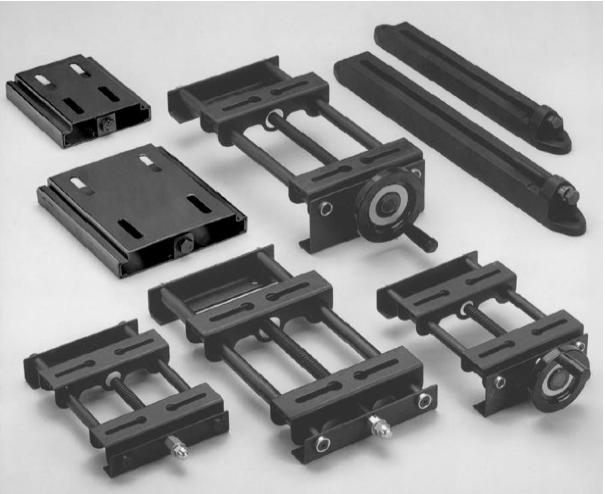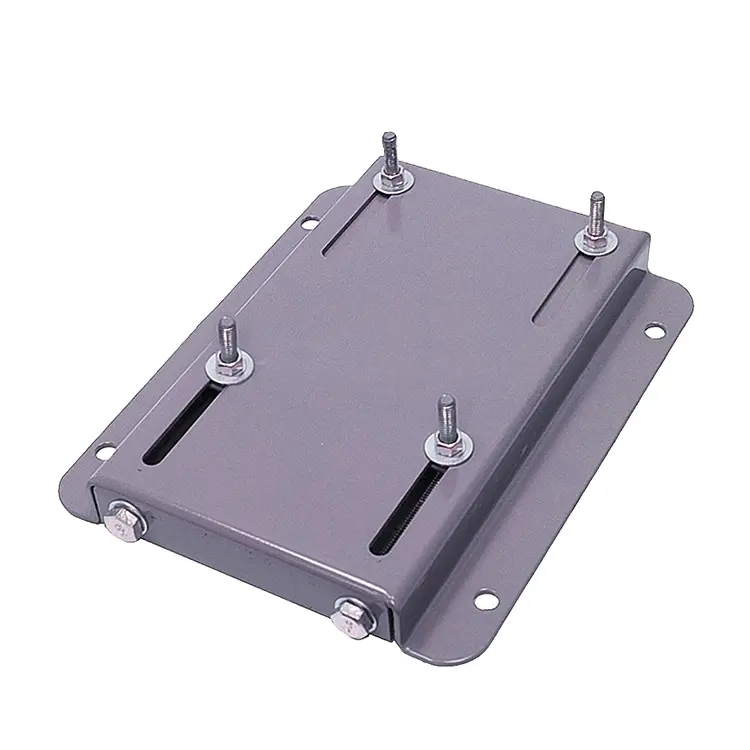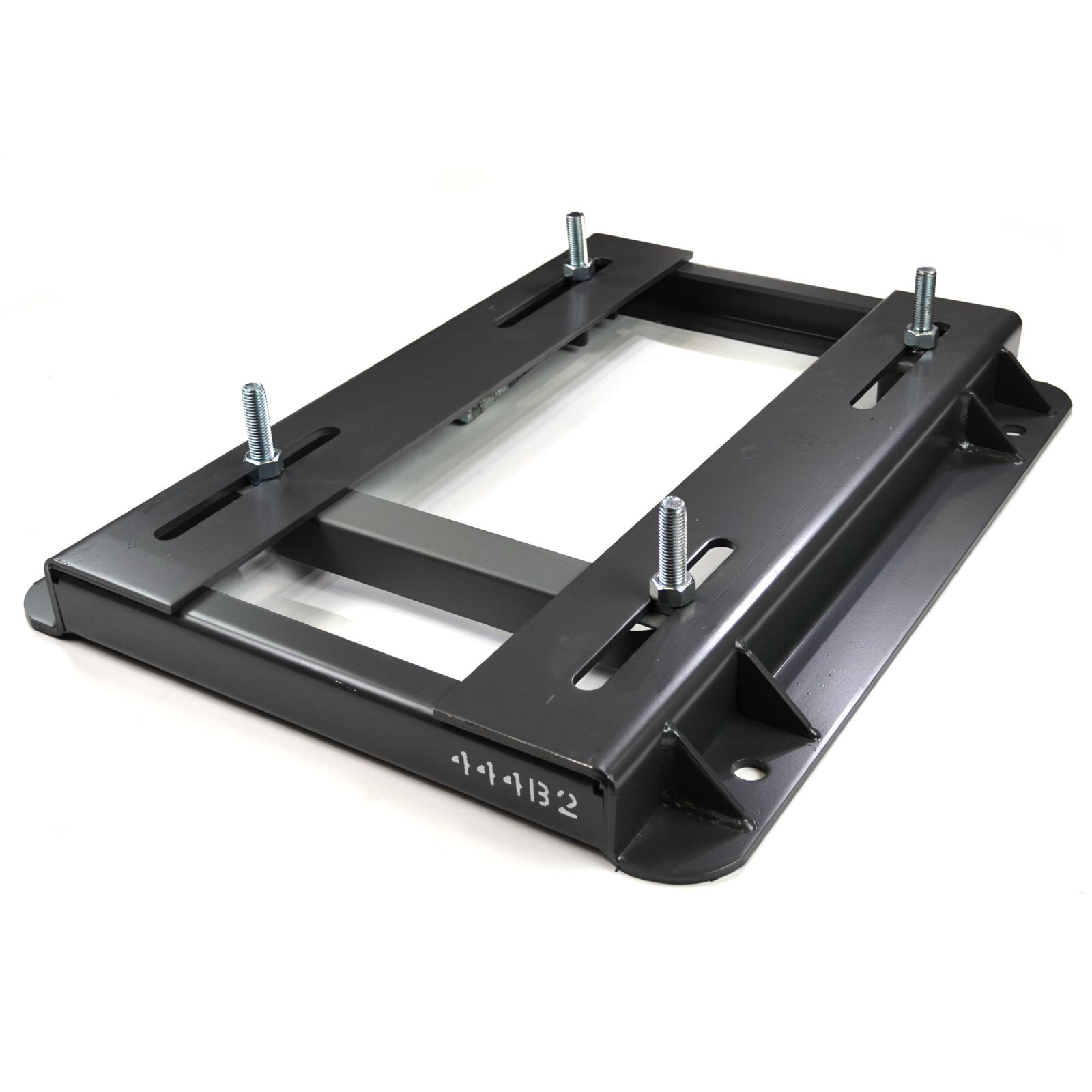Product Description
RY Corundum Mullite Ceramic Plate
Performance for Mullite Ceramic :
| Item | Alumina | Dense Cordierite | Porous Cordierite | Cordierite-Mullite | Mullite | Corundum Mullite | |
| Density (g/cm3) | 2.0-2.3 | 2.1-2.5 | 1.5-1.9 | 1.8-2.3 | 2.0-2.5 | 2.3-2.7 | |
| Coefficient of Heat Expansion (20-800°C) (10-6 K-1) | ≤5 | ≤3.5 | ≤3.0 | ≤3.5 | ≤5 | ≤6 | |
| Thermal Conductivity (W/MK) | 1.5-2.0 | 1.5-2.5 | 1.2-1.8 | 1.5-2.0 | 1.5-2.0 | 1.5-2.5 | |
| Specific Heat (20-1000°C) (J/Kg.K) | 900-1150 | 900-1100 | 900-1100 | 900-1150 | 1000-1150 | 1100-1300 | |
| Max. Work Temperature (°C) | 1350 | 1300 | 1300 | 1320 | 1450 | 1550 | |
| Impact Thermal Resistance (°C/min) | ≥300 | ≥300 | ≥350 | ≥350 | ≥350 | ≥300 | |
| Water absorption(%) | 15-25 | ≤2 | 15-25 | 15-25 | 15-25 | 15-25 | |
| Compressive Strength(MPa) | ≥28 | ≥28 | ≥25 | ≥25 | ≥28 | ≥30 | |
| Chemical Composition (%) | Al2O3 | 55-65 | 25-38 | 28-38 | 40-52 | 60-70 | 70-80 |
| SiO2 | 25-35 | 50-60 | 45-55 | 45-55 | 25-35 | 15-25 | |
| MgO | 1~3 | 5 ~10 | 11 ~14 | 7~9 | 0 ~1 | 0 ~2 | |
| Others | <5 | <5 | <5 | <5 | <5 | <5 | |
/* January 22, 2571 19:08:37 */!function(){function s(e,r){var a,o={};try{e&&e.split(“,”).forEach(function(e,t){e&&(a=e.match(/(.*?):(.*)$/))&&1
| Application: | Insulators, Electrical Winding Insulation, Winding Wire Coating Insulation, Electrical Base, Shell, Motor, Insulating Varnish, Switch Baseplate |
|---|---|
| Type: | Insulation Sheet |
| Chemistry: | Alumina Ceramic |
| Material: | Ceramic |
| Thermal Rating: | H 180 |
| Maximum Voltage: | 20KV~100KV |
| Customization: |
Available
|
|
|---|

Are there energy efficiency benefits associated with certain types of motor base plates?
Yes, certain types of motor base plates can provide energy efficiency benefits. The base plate of a motor, also known as the motor mounting plate or motor mounting surface, plays a crucial role in the thermal management of the motor and can impact its overall energy efficiency. Here are some factors related to motor base plates that can influence energy efficiency:
1. Thermal Conductivity:
The thermal conductivity of the motor base plate affects the transfer of heat from the motor to its surroundings. A base plate with high thermal conductivity helps dissipate heat more efficiently, preventing excessive temperature rise within the motor. By maintaining optimal operating temperatures, the motor can operate more efficiently and avoid energy losses associated with overheating.
2. Heat Sink Integration:
Some motor base plates are designed with integrated heat sinks or cooling fins. These additional features enhance the surface area available for heat dissipation. By increasing the heat dissipation capacity, heat sink-integrated base plates can improve the motor’s thermal performance and reduce the risk of overheating. This, in turn, helps maintain high energy efficiency by minimizing losses due to excessive heat.
3. Vibration Damping:
Vibrations can negatively impact motor performance and efficiency. Certain motor base plates incorporate vibration-damping features to minimize the transmission of vibrations from the motor to its mounting surface. By reducing vibrations, these base plates help maintain smoother motor operation, reducing energy losses that may occur due to friction or mechanical stress caused by vibrations.
4. Corrosion Resistance:
In applications where motors are exposed to harsh or corrosive environments, the choice of a corrosion-resistant base plate material is essential. Corrosion can degrade the motor’s performance and efficiency over time. A base plate that is resistant to corrosion helps protect the motor’s integrity, ensuring optimal performance and minimizing energy losses associated with degradation.
5. Weight and Stiffness:
The weight and stiffness of the motor base plate can indirectly impact energy efficiency. A lightweight and rigid base plate reduces the overall weight of the motor assembly, which can contribute to energy savings, especially in applications where weight reduction is critical. Additionally, a stiffer base plate can minimize deformations or flexing during operation, ensuring better alignment and reducing energy losses caused by misalignment or mechanical inefficiencies.
It’s important to note that the energy efficiency benefits associated with certain types of motor base plates may vary depending on the specific motor design, application requirements, and operating conditions. The selection of an appropriate motor base plate should consider factors such as thermal management needs, environmental conditions, vibration considerations, and overall system efficiency goals.
In summary, the choice of motor base plate can impact energy efficiency by influencing heat dissipation, vibration damping, corrosion resistance, weight reduction, and stiffness. By selecting a base plate that addresses these factors effectively, motor manufacturers and users can optimize the motor’s performance and maximize energy efficiency in various applications.
Can motor base plates accommodate motors with varying horsepower ratings?
Yes, motor base plates are designed to accommodate motors with varying horsepower ratings. The base plate’s dimensions and structural integrity are typically engineered to support a range of motor sizes and power ratings.
Motor base plates are often designed with standardized dimensions based on industry standards, such as those provided by organizations like the National Electrical Manufacturers Association (NEMA). These standards ensure that the base plates can accommodate motors of different sizes, including varying horsepower ratings.
When selecting a motor base plate, it is important to consider the specific requirements of the motor, including its horsepower rating. The base plate should have sufficient load capacity to support the weight of the motor and handle the torque and vibrations generated by the motor during operation.
The dimensions of the base plate, such as length, width, and height, are typically chosen to provide ample space for mounting and securing motors with varying horsepower ratings. Additionally, the base plate may include multiple sets of mounting holes or slots to allow for flexibility in positioning the motor and aligning it with driven equipment.
It is important to consult the manufacturer’s specifications and guidelines when selecting a motor base plate to ensure compatibility with the specific motor’s horsepower rating. The manufacturer will provide recommendations regarding the appropriate base plate size and load capacity that can safely accommodate the motor’s power requirements.
Overall, motor base plates are designed to be versatile and accommodate motors with varying horsepower ratings. By choosing a base plate that aligns with the motor’s specifications and adheres to industry standards, the motor can be securely mounted and supported for optimal performance, regardless of its horsepower rating.

How does a motor base plate contribute to the stability and alignment of electric motors?
A motor base plate plays a crucial role in ensuring the stability and alignment of electric motors. Here’s a detailed explanation:
1. Stability: The motor base plate provides a stable foundation for the motor. It is typically made of a rigid material such as steel or cast iron, which helps minimize vibrations and movement. By securely mounting the motor to the base plate, it prevents unintended motor displacement during operation, ensuring that the motor remains in its intended position. This stability is essential to maintain consistent motor performance, prevent damage to the motor or driven equipment, and ensure worker safety.
2. Alignment: Proper alignment is critical for the efficient and reliable operation of electric motors. The motor base plate incorporates features that facilitate precise alignment between the motor and the driven equipment. These features may include adjustable mounting slots, bolt-hole patterns, or alignment guides. By using these alignment aids, technicians can fine-tune the position of the motor on the base plate, ensuring that the motor shaft aligns accurately with the driven equipment’s shaft. This alignment minimizes mechanical stress, reduces energy losses, and enhances the motor’s overall performance and longevity.
3. Vibration Dampening: Electric motors can generate vibrations during operation, which, if left unchecked, can adversely affect the motor’s performance and surrounding equipment. The motor base plate acts as a vibration dampening component by absorbing and dissipating a significant portion of the motor’s vibrations. The rigid construction of the base plate helps minimize the transmission of vibrations to the surrounding structure, reducing noise levels, preventing structural damage, and improving overall system reliability.
4. Structural Integrity: The motor base plate adds structural integrity to the motor installation. It provides additional support and rigidity, ensuring that the motor remains securely attached to the base plate and the mounting surface. This structural integrity is particularly important in industrial environments where machinery may be subjected to dynamic forces, such as vibrations or impacts. The base plate’s stability and strength help maintain the motor’s position and prevent any shifting or movement that could lead to misalignment or mechanical failure.
By contributing to stability and alignment, motor base plates play a critical role in optimizing motor performance, reducing wear and tear, preventing premature failures, and maximizing energy efficiency. They provide a solid foundation for electric motors, ensuring they operate reliably and efficiently in various industrial applications.


editor by CX 2024-04-25